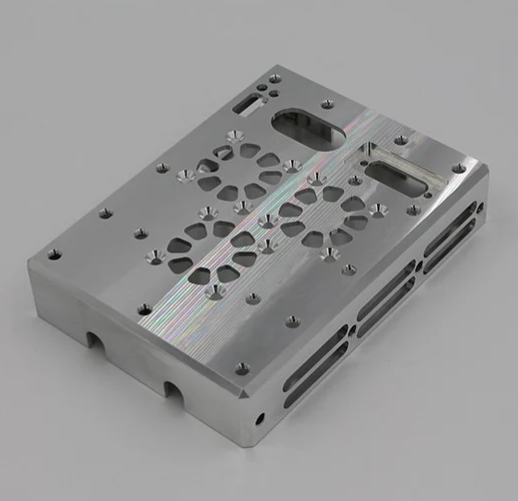CNC machining has transformed the manufacturing industry by enabling the production of highly accurate and complex parts with ease. However, the success of CNC machining is not only due to advances in hardware but also software. In this article, we will explore the critical role of software, particularly CAD/CAM, in CNC machining and how advancements in software have propelled this technology even further.
CNC machining is a cutting-edge process where computer-controlled machines use pre-programmed instructions to control the movement and operation of machine tools such as lathes, mills, routers, and grinders. This technology allows manufacturers to produce high-quality parts with precise dimensions and tolerances, making it an essential process for modern manufacturing.
CAD/CAM software is an indispensable component of CNC machining. Computer-Aided Design (CAD) software enables engineers to design parts and assemblies using 3D modeling techniques. The software also allows them to simulate real-world conditions and test designs for strength, durability, and reliability before they are produced.
Computer-Aided Manufacturing (CAM) software takes the design from CAD software and translates it into machine-readable code that controls the CNC machine. CAM software automatically generates tool paths and determines cutting speeds and feeds to optimize machining operations. With CAM software, manufacturers can reduce programming time and increase productivity, which ultimately leads to lower costs and higher profits.

Software Beyond CAD/CAM, advancements in software have enabled CNC machines to perform increasingly complex tasks. For example, Artificial Intelligence (AI) algorithms can optimize machining parameters in real-time based on sensor data, thereby reducing cycle times and improving accuracy. This state-of-the-art technology makes it possible to produce high-quality parts quickly and efficiently.
Virtual Reality (VR) and Augmented Reality (AR) technologies can assist operators in visualizing machine setups, simulating machining processes, and identifying errors before they occur. These technologies can also be used for training purposes, allowing operators to gain hands-on experience in a safe, virtual environment. As a result, companies can reduce the time and cost of training while ensuring their employees are adequately prepared to operate CNC machines.
Dadesin Precision has established itself as a world-leading manufacturer of high-precision machining parts by leveraging advanced software solutions alongside state-of-the-art processing equipment and smart production flow lines. By investing in software solutions such as CAD/CAM, Dadesin Precision has been able to deliver standardized, scaled, and refined production processes that meet the ever-evolving needs and expectations of their customers. Through digital, automated, and smart production processes, we ensure reliable manufacturing equipment and stay ahead of the competition in a rapidly changing market.
By continuing to use the site you agree to our privacy policy Terms and Conditions.